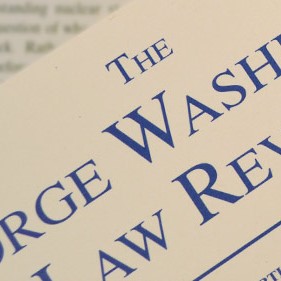Professor Scott Dodson
83 GEO. WASH. L. REV. 1
American civil litigation in federal courts operates under a presumption
of party dominance. Parties choose the lawsuit structure, factual predicates,
and legal arguments, and the court accepts these choices. Further, parties
enter ubiquitous ex ante agreements that purport to alter the law governing
their dispute, along with a chorus of calls for even more party-driven customization
of litigation. The assumption behind this model of party dominance
is that parties substantially control both the law that will govern their
dispute and the judges that oversee it. This Article challenges that assumption
by explicating a reoriented model of party subordinance. Under this theory,
parties fall in the lowest tier of the power hierarchy, beneath the law on top
and judicial authority in the middle. Party subordinance means that the law—
not party agreement—binds the court, and even when parties can lawfully
make litigation choices, those choices generally do not bind the court. The
upshot is that parties in fact have far less control over their litigation than
presently assumed. Party subordinance suggests that the trend toward litigation
customization is on shakier footing than presently acknowledged, reorients
some key elements of the normative debate surrounding
customization, and exerts significant pressure in important doctrinal areas, including
personal jurisdiction, forum selection, choice of law, and motion
waiver. At its broadest, the theory of party subordinance upends the way the
federal litigation system views the hierarchy among parties, courts, and the
law.

